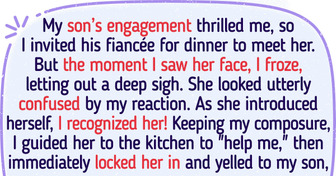10+ Outdated Shoe Styles That Ought to Be Banned From Our Closets, and New Styles You Can Replace Them With

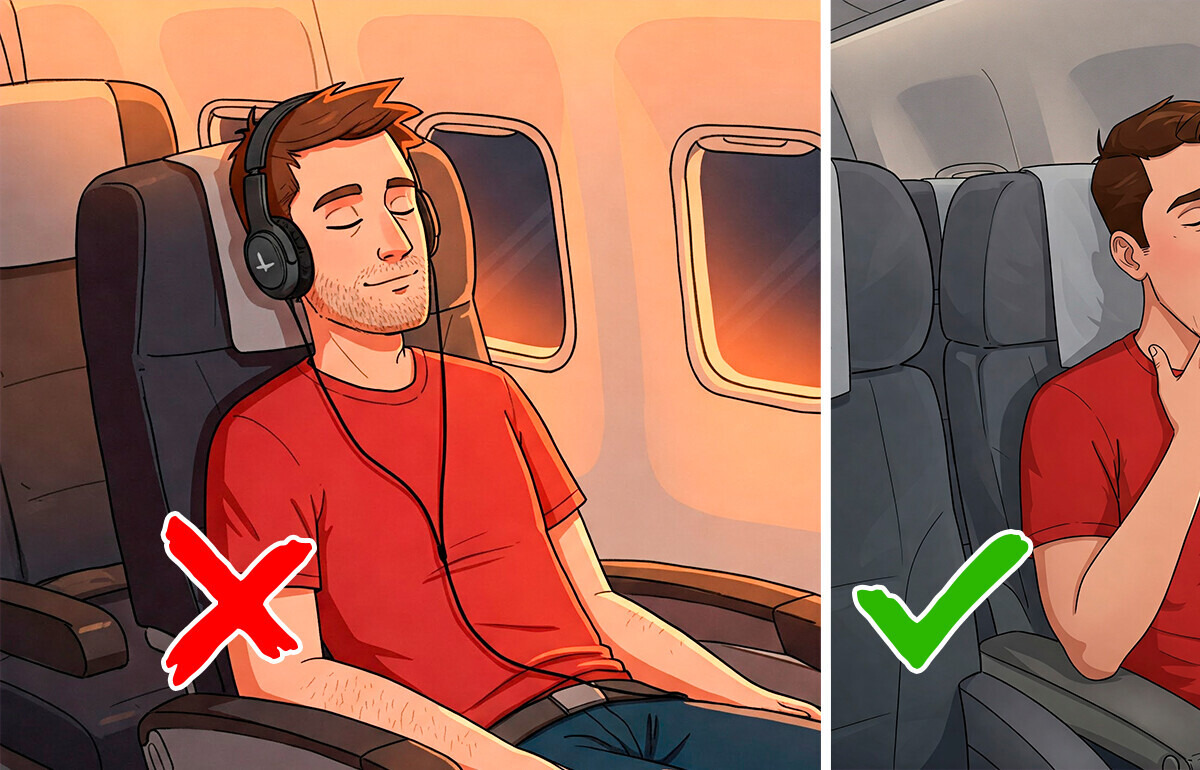
There’s nothing quite like being in an airplane and seeing the clouds from above. What’s not so great is the earache that often comes with flying, and then that famous popping sensation. It’s happened to many of us, and it’s pretty annoying. Luckily, science has now come up with some tips to help you navigate this situation.
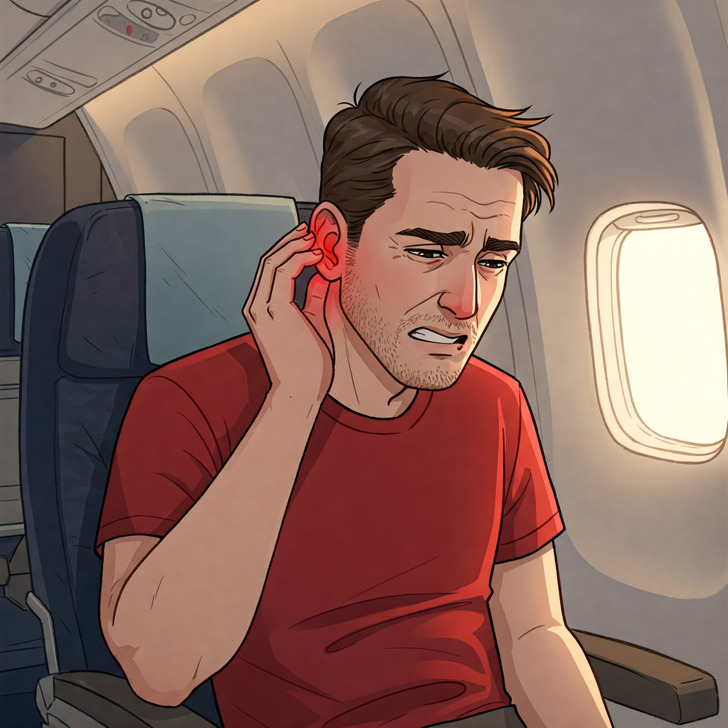
The most common explanation has to do with air pressure. As one pilot explained it, the air we are used to on the ground is denser than the air around us when we fly. When the plane climbs, the air pressure decreases. Our body, in general, adapts smoothly to this change.
But why are ears the exception? The reason is quite simple. Just behind the eardrum is the middle ear, where air is always present. To keep the pressure in this space balanced with the outside, our body relies on the Eustachian tube, a duct connected to the back of the nose and throat.
However, the suddenness with which the atmospheric pressure varies during a flight makes it difficult for the Eustachian tube to adapt quickly.
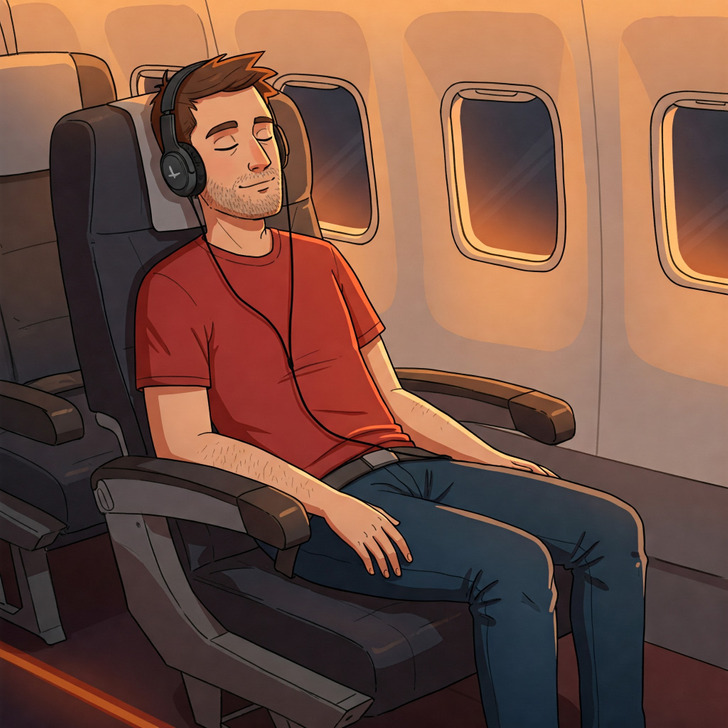
This phenomenon is known as barotrauma. When the aircraft begins its ascent, dense air from the ground is trapped inside the Eustachian tube. In contrast, the outside air becomes lighter and exerts less pressure. If this trapped air does not find an escape route, the discomfort begins, as if our ears cannot breathe properly.
This pressure difference causes the air trapped in the Eustachian tube to exert force against the delicate eardrum. The “pop” we finally feel is a sign that the pressure has equalized, releasing the air that was pressing inside us.
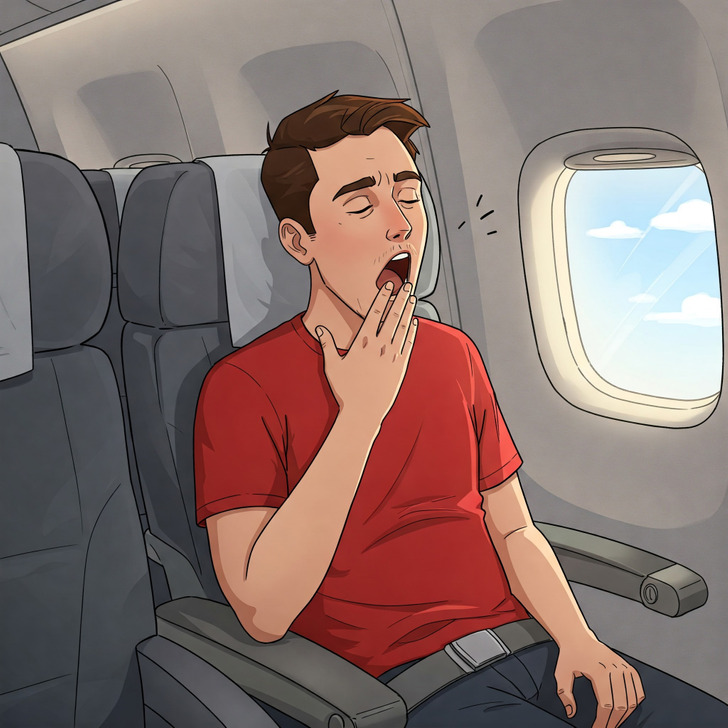
Absolutely! There are several strategies and tricks you can use to avoid or significantly lessen the pain caused by barotrauma that are worth a try.

What’s your tip for comfortable air travel?



